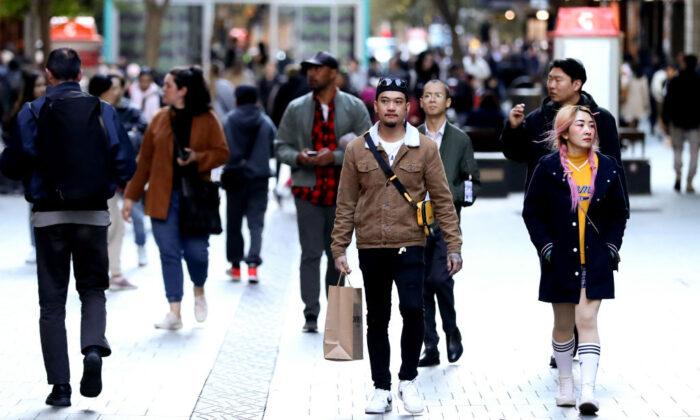The Reserve Bank of Australia (RBA) has stated it will put a range of interest rate decisions on the table in 2023 while warning Australians of more potential rate hikes as the economic outlook remains uncertain.
The newly released RBA’s meeting minutes revealed that the central bank put forward three interest rate options for December: a pause, a 0.25 percent increase, and a larger 0.5 percent lift.
There were arguments in favour of each of these options as the RBA board took into account the gloomy global outlook, confusing consumers’ spending behaviour in recent months, and the threat of a wage-price spiral–a situation in which wage increases cause prices to rise, eventually leading to more wage increases and so on.
The Rationale Behind RBA’s Decision
RBA board members said there was a need for a higher cash rate to balance the demand and supply of goods and services in the economy.While the members acknowledged there was a time lag between rate hikes and their impacts on economic activities, they said it was too early to pause the monetary tightening cycle.
They also noted that other central banks had not stopped raising interest rates and that it was important for the RBA to keep raising rates to maintain public confidence in the central bank’s handling of inflationary pressures.

Going forward to 2023, the board expected more hikes to come. However, it said there was no preset path, with the size and timing of future rate increases to be determined by the economic data, as well as inflation and labour market situation.
At the same time, board members said they could consider a range of options for the cash rate again at upcoming meetings in 2023.
Economists Believe Interest Rate Hikes Coming to An End
Following the release of the minutes, JP Morgan chief economist Ben Jarman said the December meeting marked the first time the RBA had actively considered hitting the brakes.“Previous decisions have been between 25 basic points and 50 basic points only, so officially considering a pause is a significant step, but one moderated by keeping 50 basic points on the table,” he said in comments obtained by AAP.
For policy setting into 2023, while the RBA board said it would not rule out any options, Jarman believed the tightening cycle was approaching a stop.
“The share of household income being spent on required mortgage payments would reach all-time highs in late 2023, given the reset profile and market pricing, which clearly imposes significant further drag from here,” he said.
Echoing the sentiment, Commonwealth Bank economists thought the tightening cycle was close to its completion.
“The case to keep the cash rate unchanged for a period of time to assess the state of the economy and the inflation outlook is strong. And yet the board has not stated when that condition will be met.”
They also kept their forecast unchanged for early 2023, expecting another 0.25 percent hike in February.
Meanwhile, Yellow Brick Road Home Loans CEO Mark Bouris said interest rate hikes had caused mortgage repayments to rise at the highest pace in Australian history.
“That’s the highest increase and the most rapid number of increases in Australian economic history.”





